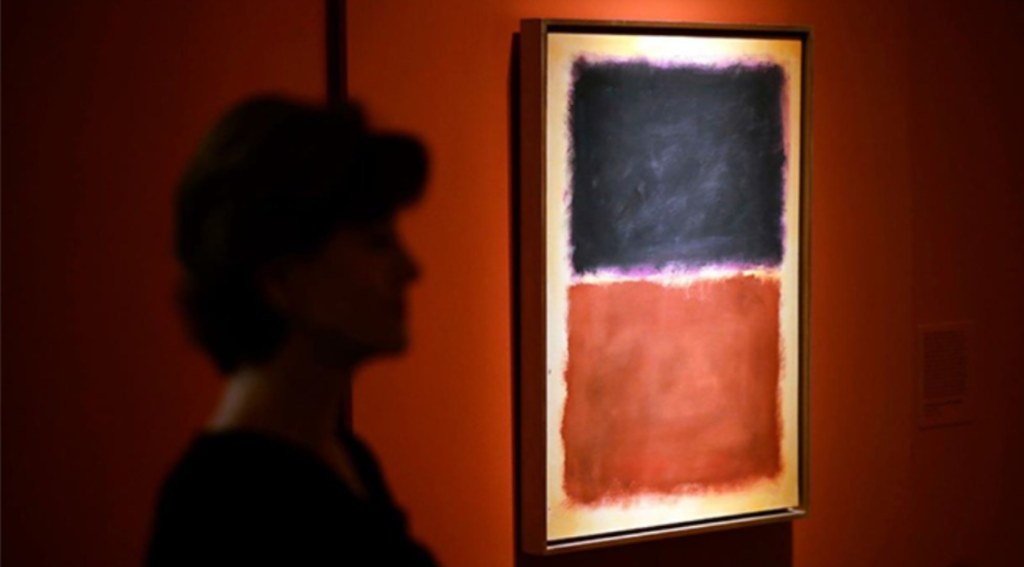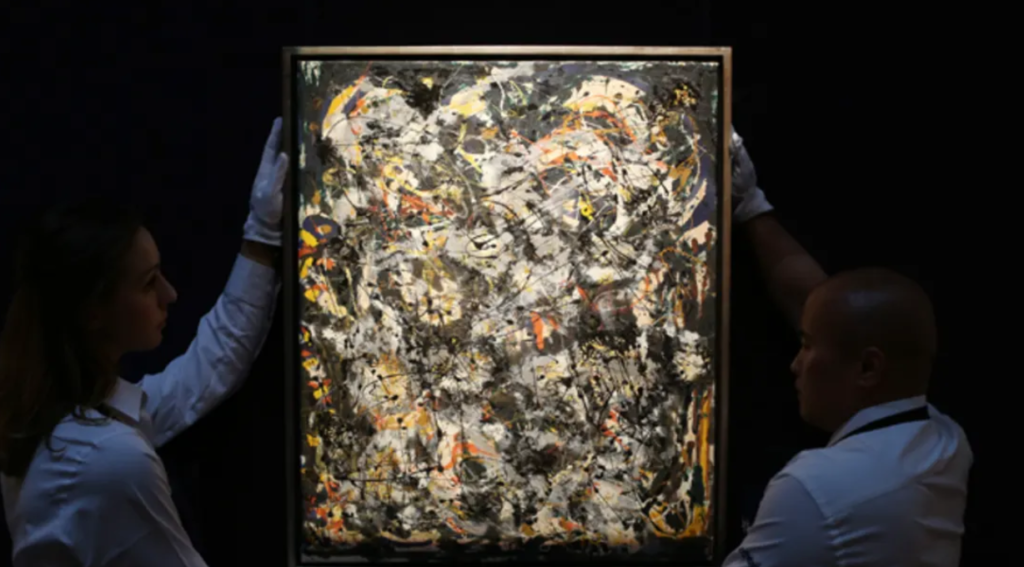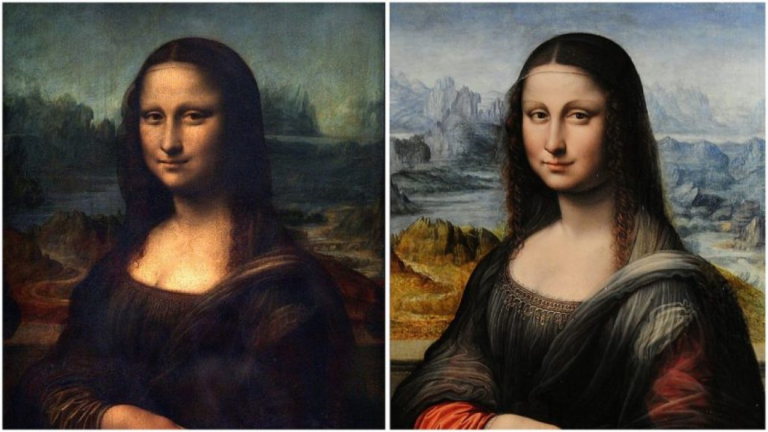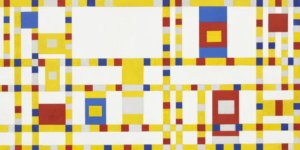It’s essential to know artists’ legal problems and how to avoid them. There are many different artist legal problems that you could encounter, but there are also ways to prevent these things from happening in the first place. Every artist has a different story and experience in the art world, making it difficult to provide one-size-fits-all advice. While it can be challenging to know all of the legalities involved with being an artist, some common legal problems that artists face can be avoided with just a little education. From copyright infringement to trademark law, there are many gray areas that artists should be wary of when it comes to protecting their art and themselves.
Sometimes, these problems arise from misunderstandings or simply not understanding the differences between types of intellectual property. Luckily for you, this blog post will talk about some common artist legal problems and ways in which they can be avoided! This is not, by any means, an exhaustive list of all the potential legal issues that artists may encounter, but these are some of the most common ones.
How do legal issues arise?
Legal issues can arise for artists in any number of ways. An artist may find themselves in court when a business or individual claims the artwork was copied from their work. Artists may also be sued by a customer who purchases an art piece and later discovers that it is not what they wanted because it is too abstract, doesn’t look like the photo, etc.
The legalities of being an artist can be complicated and confusing. There are many different types of copyright law, trademark law, and licensing laws that affect artists in various ways.
The first type of legal issue is copyright infringement, which occurs when someone uses another person’s work without permission or attribution. The second type is trademark infringement which happens when someone tries to pass off their own work as belonging to somebody else. The third type of problem for many artists these days is privacy law violations, such as unauthorized use of a photo in social media by using it without permission or posting personal information about an artist, such as their home address or phone number on public sites. Going further, artist-related legal issues, such as artist royalties and licensing laws, can also pose a problem, especially for emerging artists.
There are ways to avoid these problems, like copyrighting your work before you put it online or registering a trademark for branded goods so nobody else can use them without permission. There is also some good news in that many social media sites have privacy tools where artists can choose whether or not to display a full artwork, show it with the site’s watermark or not, and similar.

Copyright infringement
It’s a common misconception that artists have no connections to the law. Many legal problems can affect an artist’s financial and personal life. For example, copyright infringement is a genuine problem for artists who post their work on social media sites like Instagram or Facebook without taking precautions to protect themselves from theft of their intellectual property rights.
To protect yourself against copyright infringement claims, make sure that you have the appropriate licenses or permissions from the original creator in writing before creating any derivative works based on their work. You can also take a picture of the artwork next to your own, so it’s clear what you copied and what you created if there is ever any dispute about who owns the rights over a piece of art.
For example, photography is a unique form of art, and it’s not always easy to tell what belongs to whom just by looking at it. When photographing an artist in their work environment, for example, there may be copyright issues if you did not get their permission first, so make sure you know what you are getting yourself into before taking any pictures.
And don’t forget to always get permission from the artist if they’re not present when you take a photo, or it could be a violation of privacy.
Privacy violations
Privacy violations are another artist’s legal problem. It’s important to know what the law says about your right to privacy before posting any personal content online, or you could find yourself in a situation you may not want to be in. You can protect yourself by never sharing anything that would violate someone’s privacy rights, including yourself, and by always checking with others if their information is publically available or if they would be okay with sharing it.
If you don’t want to share a photo of yourself, that’s okay. But, let’s say, if someone takes a picture without your permission and shares it publicly on social media or in some other way, they could be liable for damages under the law. You can sue them for financial compensation if this happens — but only if you take action as soon as possible.
This same example goes for artist’s works in progress and private information too. If they have not consented to their work or information being shared publicly, this is most definitely a privacy violation.
Under privacy issues, there are three categories. The first one is an intrusion — personal privacy is guaranteed, meaning you have a right to protection from unwarranted intrusion into your private affairs. The second one would be false light — if the information disclosed to the public presents you in a false light, you have a right to protection against it. And last but not least is public disclosure. This right ensures that every individual has protection against public disclosure of private information.

Trademark infringement
Trademark infringement occurs when a person or company uses the trademark, service mark, URL, or design of another company in any way without permission. This can be physically using the trademark’s logo on their own product or a logo that looks too similar for consumers to know who is providing the goods and services.
In a way, this is similar to copyright infringement — however, with trademark infringement, the rights holder is not usually protected by law because they don’t own a copyright to their product. If you suspect that your trademark may have been infringed on, it’s essential to take legal action as soon as possible.
However, it is also important to ensure you are not misleadingly using someone’s trademark, as that can lead to legal issues you would want to avoid. This may cover various things, from using a brand’s logo on your own product to naming it similarly.
The artist should also be aware of their legal rights concerning copyright and trademark infringement when they upload content onto the internet for others to see or use -—such as having people sign an agreement before they can take photos at events.
Derivative work
Many artists are not aware they need to ask permission from photographers when using their photos or work as reference. When an artist takes inspiration from another piece, such as taking a photograph for reference, it is called a derivative work. In the case of artists who wish to make a derivative artwork, they typically will have some ownership over their own creations. Still, they must ask for permission from the artist or photographer who created the original piece.
There are, however, clauses within copyright law that allow for compilations and uses of existing work freely if used in part or if the original work has been so modified that it can’t be recognized as a reference. There are many nuances here, and although there are legal cases that set precedence, there is no absolute ruling.
These are the most common legal problems artists face — however, they are not the only ones, as we mentioned above. Should you desire to learn more about this topic, you can head over to ARTDEX, a worldwide community for artists and art lovers. There will surely be at least one person in its community that can aid you with their experience or knowledge if you have any legal issues concerning your artwork or art career!


![[Left] Kusama with her piece Dots Obsession, 2012, via AWARE, [Right] Yayoi Kusama (Courtesy Whitney Museum of American Art) | Source: thecollector.com](https://www.artdex.com/wp-content/uploads/2024/04/Left-Kusama-with-her-piece-Dots-Obsession-2012-via-AWARE-Right-Yayoi-Kusama-Courtesy-Whitney-Museum-of-American-Art-Source-thecollector.com--300x172.png)




